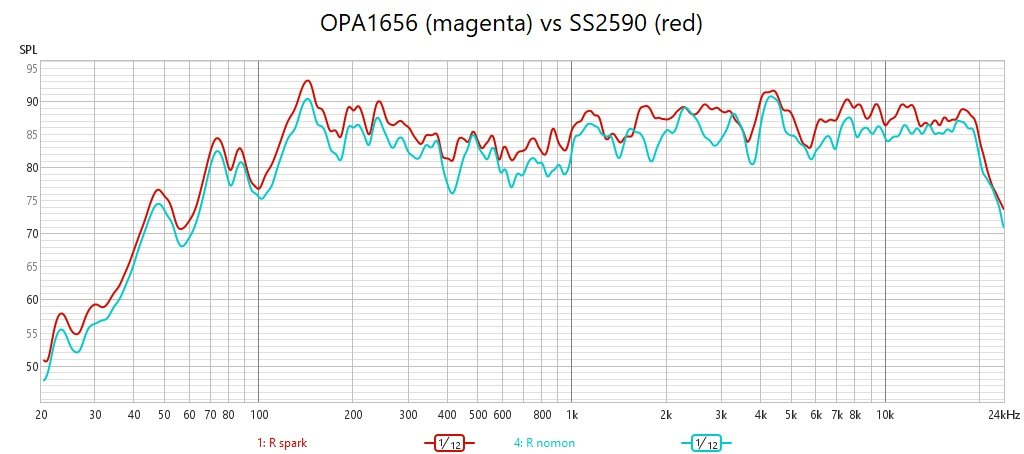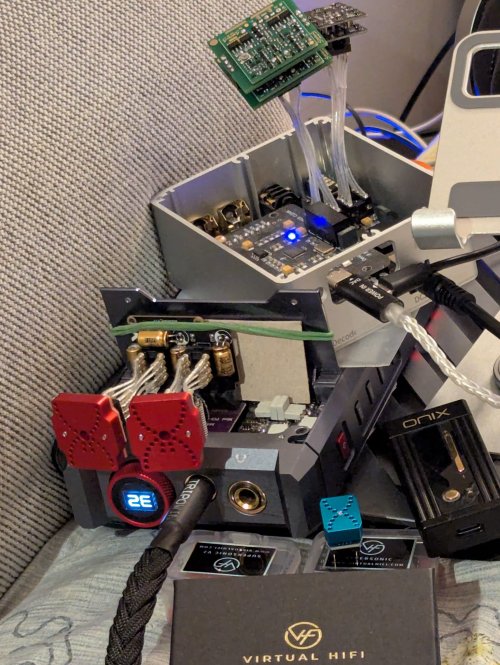imran27
100+ Head-Fier
- Joined
- Sep 22, 2014
- Posts
- 339
- Likes
- 119
I just thought of doing some study on why OPA1641/2 hasl/reported to have such a great soundstage, I probably found something relevant from the datasheet. The gain and phase vs frequency plot shows that the phase is almost flat for up to 1 MHz compared to OPA1612 which is inversely proportional to frequency up to 1 kHz and then constant up to 1 MHz.
This is making OPA164x more and more favorable.
This is making OPA164x more and more favorable.





















